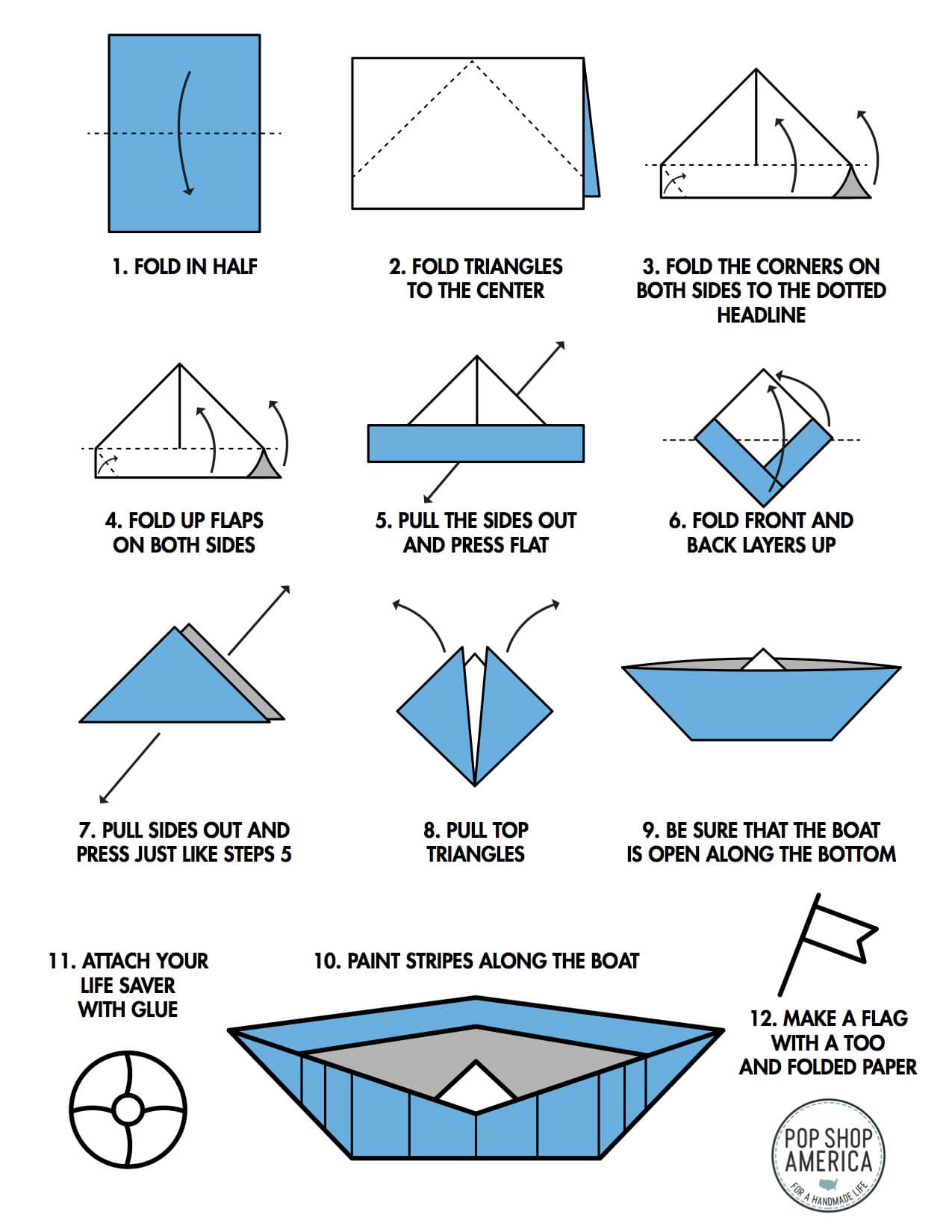
Beyond the Plans: Unveiling the Unspoken Truths of Boat Building Blueprints
Boat building, a pursuit blending artistry and engineering, often hinges on the seemingly straightforward: blueprints. But what if the real adventure lies not just *in* the plans, but *beyond* them? This article delves into the often-overlooked aspects of using boat building blueprints, offering fresh perspectives for seasoned hobbyists and curious newcomers alike.
The Blueprint's Silent Story: What it Doesn't Tell You
Blueprints, while essential, represent a static snapshot of a design. They rarely account for the dynamic interplay of wood, climate, and the builder's unique skills. This leads to many unforeseen challenges.
Q: How do blueprints fail to capture the 'personality' of wood?
A: Blueprints assume perfect, homogenous materials. However, wood is inherently variable â€" knots, grain direction, and moisture content significantly influence strength and workability. A seasoned boat builder will often adjust their techniques on the fly, based on the actual timber. Ignoring this can lead to structural weaknesses or increased effort.
Q: What about the impact of local climate and environmental factors?
A: A blueprint designed for a temperate climate might perform poorly in a humid or arid environment. Wood expansion and contraction become crucial factors. Builders need to account for this through material selection (e.g., using more resistant woods in harsh conditions) and potentially adjusting joinery techniques based on local weather patterns. This is rarely explicitly addressed in the plans.
Beyond the Lines: Creative Problem-Solving and Adaptation
Building a boat is less about slavishly following instructions and more about developing a resourceful mindset.
Real Story: The Unexpected Knot
A friend, building a classic dinghy from plans, encountered a massive knot in a crucial structural timber. The blueprint offered no solution. Instead of abandoning the project, he creatively incorporated the knot, shaping it into a decorative element, demonstrating ingenuity and adaptability.
Q: How can I proactively address potential blueprint limitations?
A: Consider these approaches:
- Engage in thorough material selection: Visit lumber yards, examine the wood personally, and select pieces that best suit the design's demands, accounting for imperfections and grain orientation.
- Build a test section: Before tackling the entire boat, construct a small section using the same materials and techniques. This allows you to fine-tune your approach and identify potential challenges early on.
- Consult experienced builders: Connect with local boatbuilding communities or forums. Experienced individuals can provide invaluable insight based on practical experience, supplementing the theoretical information in the blueprints.
- Document your process: Take detailed photos and notes. This invaluable record not only captures your learning but also facilitates adjustments and problem-solving during the build.
The Educational Value Beyond the Hull: A Holistic Approach
Boat building using blueprints extends beyond the creation of a vessel; it’s a comprehensive educational experience.
For educational institutions, integrating boat building can provide students with hands-on experience in:
- Mathematics and Geometry: Blueprint interpretation and calculations are crucial.
- Physics and Engineering: Understanding structural integrity, hydrodynamics, and material science.
- Problem-Solving and Critical Thinking: Adapting to unexpected challenges and improvising solutions.
- Collaboration and Teamwork: Larger projects benefit from shared responsibility and expertise.
By embracing these perspectives, boat building becomes a journey of creative problem-solving, resourcefulness, and profound learning â€" a journey far richer than the blueprints alone could ever promise.
0 comments:
Post a Comment
Note: Only a member of this blog may post a comment.